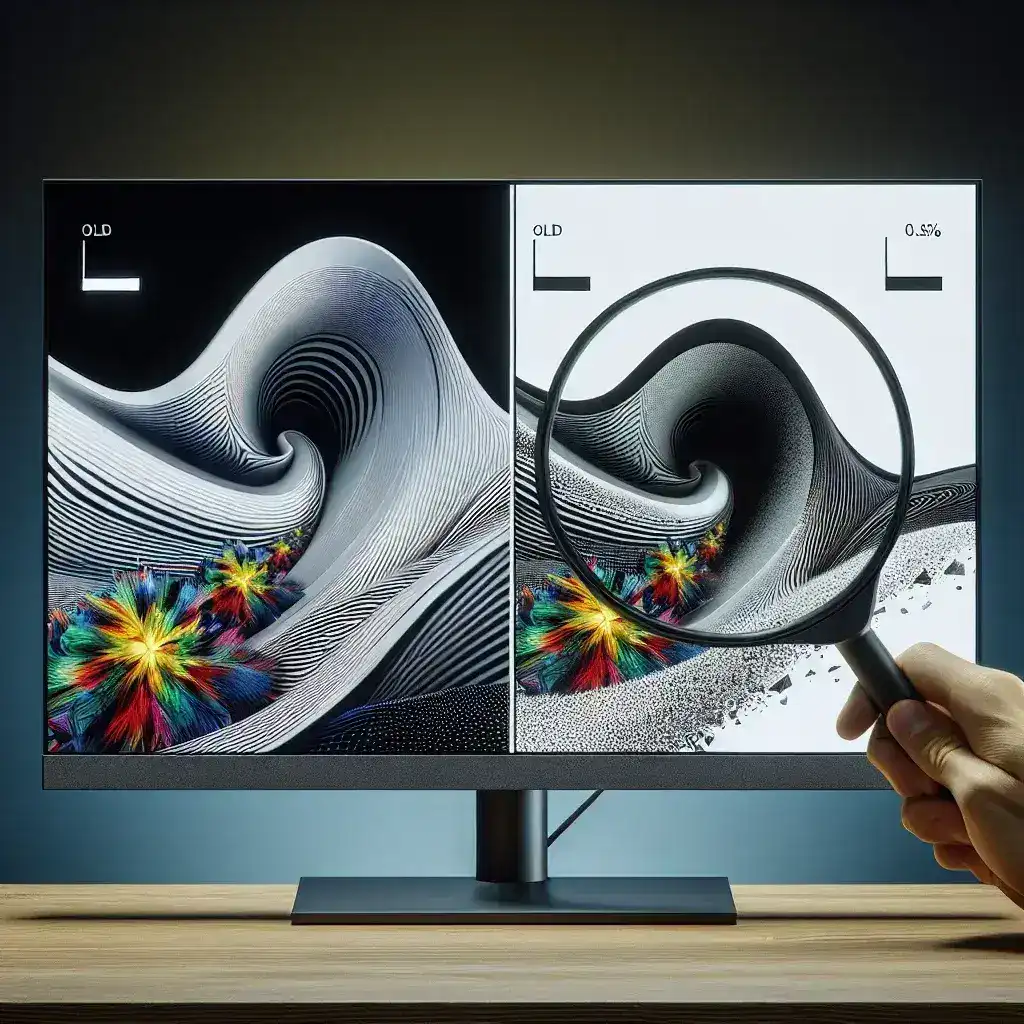Choosing the right refresh rate for an OLED monitor involves understanding various factors that impact display performance, visual quality, and your specific needs. In this guide, we delve into how to select the appropriate refresh rate, whether you’re a gamer, a video editor, or an everyday user.
Factors to Consider When Choosing a Refresh Rate
Here are the most critical factors to consider when selecting a refresh rate for your OLED monitor:
- Usage Needs
- Gaming Performance
- Display Quality
- GPU Compatibility
- Response Time
- Cost
| Usage Scenario | Recommended Refresh Rate |
|---|---|
| General Use | 60Hz |
| Gaming | 120Hz or higher |
| Video Editing | 60Hz – 120Hz |
| Professional Graphic Work | 60Hz – 120Hz |
1. Usage Needs
Your specific usage will heavily influence the refresh rate you should opt for.
General Use
For regular computing tasks such as browsing the internet, working on documents, and streaming videos, a 60Hz refresh rate is usually sufficient. This is the standard refresh rate for most traditional monitors and provides smooth visuals for everyday use.
Gaming
Gamers should prioritize higher refresh rates. Typically, a 120Hz or higher refresh rate is recommended. Higher refresh rates reduce motion blur and offer a smoother experience, particularly in fast-paced games. The improvement in visual performance can provide a competitive edge in gaming.
Video Editing
For video editors, a refresh rate between 60Hz and 120Hz is ideal. This range provides a balance between smooth playback of video content and the detail necessary for precise editing work.
Professional Graphic Work
Graphic designers and professional users often benefit from refresh rates between 60Hz and 120Hz. This helps in reducing screen tearing and ensuring color accuracy and sharpness in designs.
2. Gaming Performance
Higher refresh rates are pivotal for gamers. They enhance response time and reduce lag, making the gaming experience more immersive. 144Hz and 240Hz monitors are popular among professional gamers.
3. Display Quality
A higher refresh rate often implies better fluidity in visuals. However, it’s essential to check if the OLED monitor maintains its color accuracy and brightness at higher refresh rates. Some monitors might reduce image quality when pushing higher hertz.
4. GPU Compatibility
Ensure that your graphics card can handle the refresh rate of the monitor. High refresh rates require powerful GPUs to deliver the performance needed.
5. Response Time
Monitors with higher refresh rates often come with lower response times, which means less motion blur and ghosting during fast movements in movies and games. A response time of 1ms to 5ms is ideal for most applications.
6. Cost
Higher refresh rate monitors tend to be more expensive. Assess your budget to find a balance between performance needs and cost. High-end OLED monitors with high refresh rates can be significantly pricier.
Conclusion
Choosing the right refresh rate for your OLED monitor depends on your specific needs and usage scenarios. For general use, a 60Hz refresh rate is sufficient, while gamers and video editors may need higher refresh rates around 120Hz or more. Always consider your GPU compatibility, the monitor’s response time, and your budget to make an informed decision.
By understanding these key factors, you’ll be better equipped to select an OLED monitor that provides the best visual experience for your requirements.
